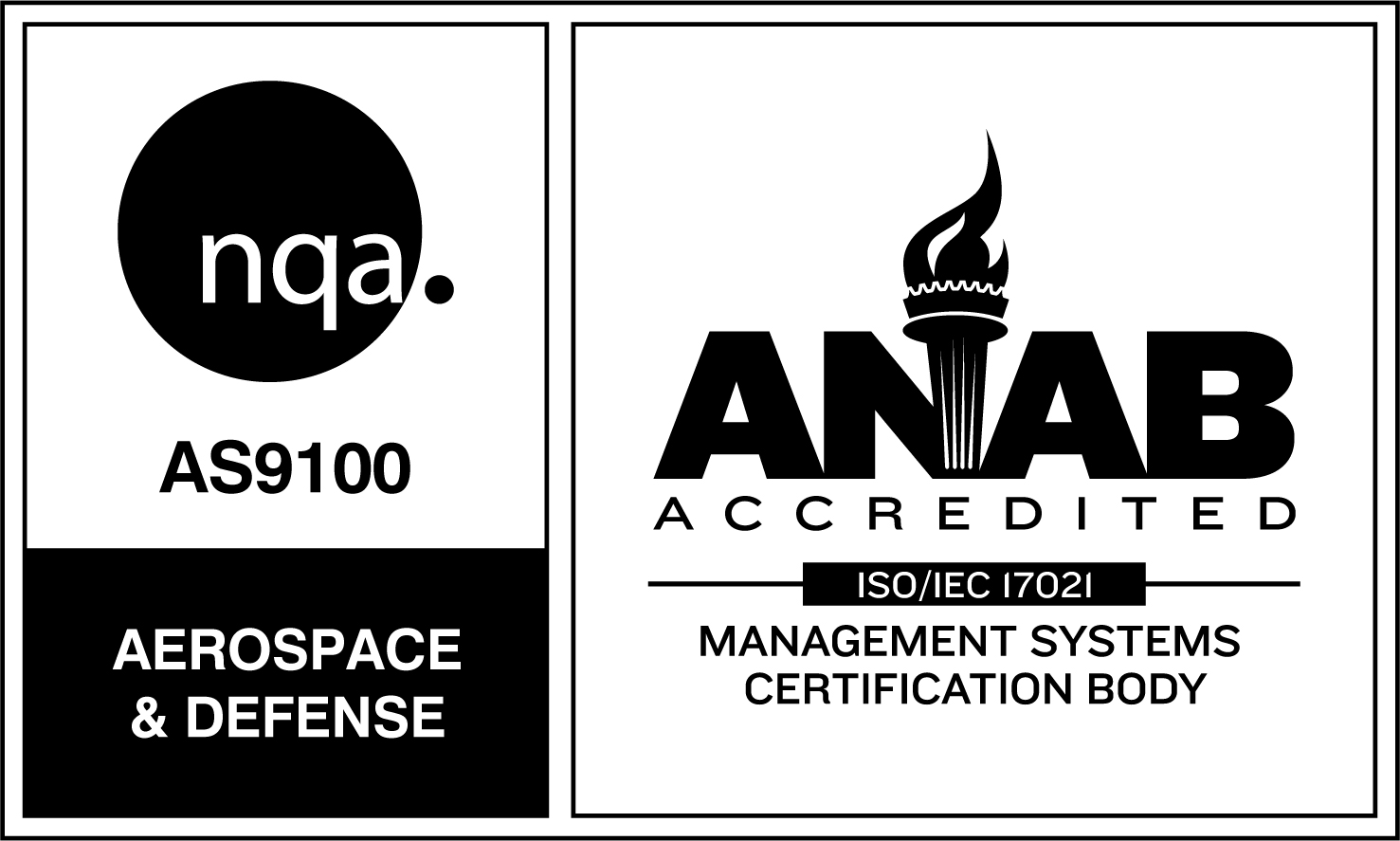Brazing is often a hands-on process, requiring precision and expertise from the planning stages through the finishing work. Quality control is critically important at every step. Components must be designed and manufactured to allow the braze filler metal to do its work within joints. The accurate fit must be verified before brazing, and the brazing process itself must be completed according to the particular time and temperature requirements of the materials involved.
The strength and consistency of a brazed joint are often crucially important. Several potential components can weaken a joint: voids left by an incomplete flow of the braze filler metal, trapped flux, cracks, and other issues. Detecting faults like these requires skill and, in some cases, testing using specialized methods.
Every brazed part undergoes visual inspection at each stage of the brazing process. In addition to unaided inspection, engineers often will use magnification to verify that visible problems, like cracks and deformities, are not present. Visual inspections also check to ensure that the part meets the customer’s expectations regarding finish. Sometimes a visual analysis is not enough, and one or more of methods like these might be necessary:
- Radiographic or ultrasonic analysis is often required to verify the joint’s internal consistency. These methods use radiation (x-rays) or sound to verify that there are no unwanted cracks, voids, or other inconsistencies that cannot be detected by a visual analysis.
- Pressure tests are warranted for parts that will be used under pressures greater or less than the standard atmosphere. Such testing can be conducted in very high-pressure tanks or in a vacuum, depending on the part’s intended use. Pressure tests can also be useful to verify that a part is air or liquid-tight.
- Thermal transfer testing uses spectral imaging to identify points within a brazed joint where the brazing material did not completely fill a space or where the process introduced distortions, alloying, or other unwanted effects.
A key benefit of working with an experienced brazing operator is the extra layer of fault detection that highly skilled engineers bring to the process. At Thermal-Vac we work closely with each customer to ensure that parts meet the customer’s precise standards. We proudly serve some of America’s most demanding industries, from aerospace and defense to medical devices. Contact Thermal-Vac to learn more about our complete range of brazing services.


